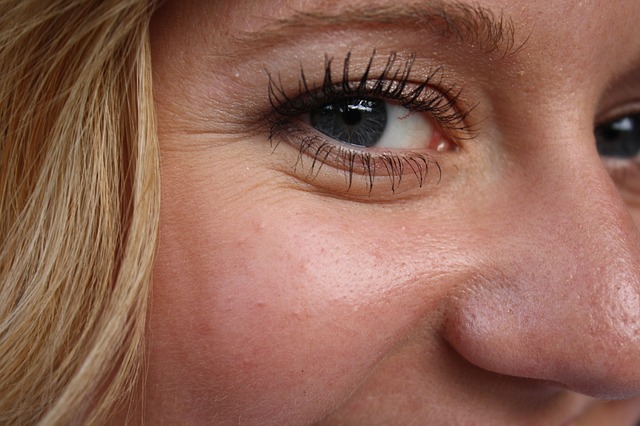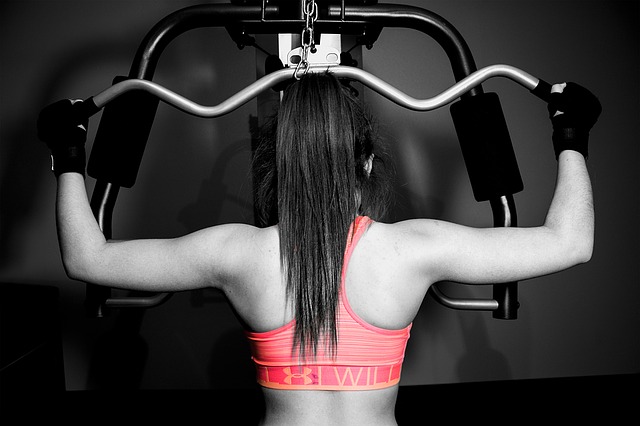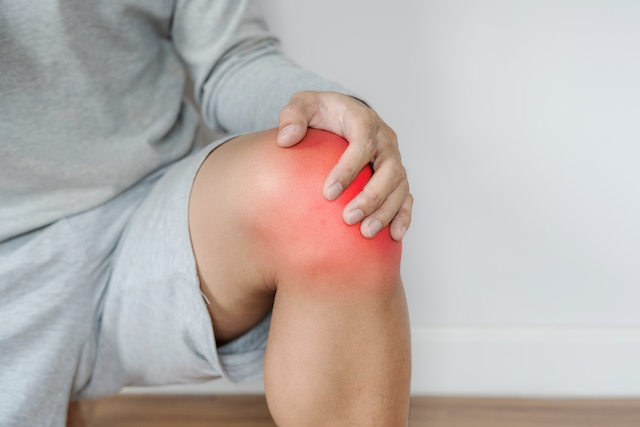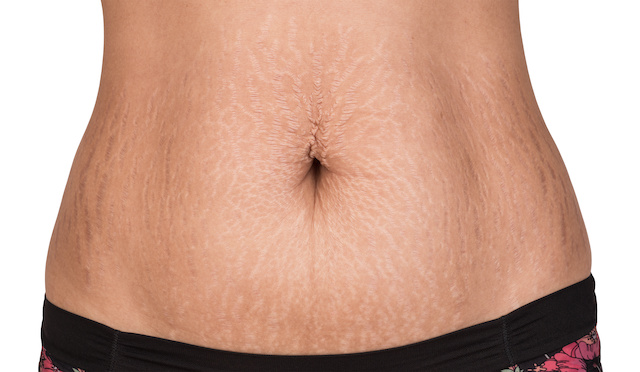How often can you use red light therapy? The answer may surprise you! Red light therapy, also known as low-level laser therapy (LLLT), has been used for years in clinics and hospitals to treat pain and inflammation, improve muscle healing after injury, speed up recovery from surgery, reduce symptoms of depression and anxiety, and increase weight loss. But this treatment is still new enough that the question of how often can you use red light therapy still remains the top question. For this reason, I decided to investigate the answer and share my findings with you!
- Why Should You Consider Using Red Light Therapy?
- What Are Some Benefits of Using Red Light?
- Benefits of Using Red Light Therapy Regularly
- How Often Can You Use Red Light Therapy?
- Red Light Therapy For Specific Conditions
- Precautions Should You Take Before At-Home Use
- When Will You See Results, and How Long Will They Last?
- What if You Stop Treatments After Seeing Improvements?
- Final Thoughts
Why Should You Consider Using Red Light Therapy?
When it comes to skincare, most people are familiar with laser treatments or chemical peels. However, many other popular therapies use a red-colored light to get results. From inflammation relief to skin tightening and more, red light has become a helpful tool for improving your health and appearance from head to toe. But what does it actually do? And how much should you use red light therapy to treat specific conditions? Keep reading to learn how often you can use red light therapy.
What Are Some Benefits of Using Red Light?
Red-light therapy has many different uses, including treating acne, improving skin texture, and tightening pores. It’s also used for joint pain relief in areas like your back or knees due to inflammation. And because it works with your body’s natural processes, red-light treatments don’t come with any harsh side effects or negative interactions with other medications or therapies you might be using. This makes red light therapy ideal for anyone who wants better skin and overall health without any severe risks.
Benefits of Using Red Light Therapy Regularly
Red light is an electromagnetic wave that produces energy in all living cells. Energy is critical for health and growth and helps us recover from injury or illness more quickly. Red-light therapy uses wavelengths of light in a specific range: 660-880 nanometers.
Red light has been used for thousands of years, starting with fire. We’ve harnessed its power ever since, using it to create warmth and cook food—and even as a way to treat illnesses.
Today, it’s gaining popularity as a powerful therapeutic tool that can help people heal faster after surgery or reduce pain associated with arthritis and fibromyalgia. It’s also being used as an alternative treatment for certain skin conditions like psoriasis—especially because it doesn’t burn or harm skin tissue as some other treatments do. And research shows that it could be useful in treating acne and eczema, as well. However, more studies need to occur before any definitive claims can be made about those applications.
Read: What is Red Light Therapy
How Often Can You Use Red Light Therapy?
Most manufacturers recommend limiting your usage to once or twice per day. Some devices will warn against using it more than once per day, so follow manufacturer recommendations if that is the case with your device. According to many studies, there is no known harm in using a treatment multiple times each day for long periods of time. However, it’s always good to err on the side of caution when dealing with skincare products. For best results, allow 6 hours between sessions if you do multiple sessions per day.
In most cases, three treatment sessions per week for 15-20 mins should be enough to benefit from light therapy. However, if it’s your first time using RLT, gradually increase the time you devote to red light – starting with two 10-15 minute sessions per week and work your way up.
People with sensitive skin may experience temporary tightness and redness. You may experience a mild warmth in your skin during and after treatment. Reducing the intensity or moving farther away from the device may help in this case. You can extend the daily therapy to 15-20 minutes if you do not experience redness or tightness.
Red Light Therapy For Specific Conditions
Red Light Therapy will help your body eliminate toxins more efficiently. Red Light Therapy can help reduce inflammation, joint pain, muscle aches, and stiffness and is effective for conditions like arthritis. Red Light Therapy has also proven to improve circulation, which leads to a more robust immune system.
Depending on the condition, you may require more intensive treatment. You may use either red or near-infrared light (NIR) alone or simultaneously. Red light penetrates the skin’s upper layers to increase collagen production, adenosine triphosphate levels, blood circulation, and reducing wrinkles. With NIR (850nm), inflammation decreases, and muscle and connective tissue start to heal.
Skin Care and Anti-Aging Therapy

Red light therapy has long been used for a variety of skin and hair care problems. Now, scientists have discovered that red light therapy can be used to help speed healing, reduce inflammation and boost immune system function. At home or at a salon or spa, red light therapy is easy to use and can provide great benefits to your skin in as little as five minutes per day. In fact, for facial rejuvenation purposes, three 15-minute sessions per week are often enough to show significant results after just two weeks.
Read: Red Light Therapy For Skin Tightening
Red Light Therapy For Muscle Healing

When it comes to red light therapy for muscle healing, that depends on your injury. If you are suffering from an acute injury, like an overuse strain or tear, a single treatment may be enough to encourage recovery. Muscle fibers that have undergone damage due to trauma need more time (usually at least four weeks) to repair than those damaged through overuse. This is because severe muscle trauma is not just broken down but also inflamed, and inflamed tissue needs longer to heal than healthy tissue. However, if you want to optimize your healing rate, then continuing with regular treatments will help ensure your body has all of its resources focused on repairing itself.
For muscle recovery, aim to use both red and near-infrared for 10-20 minutes to boost recovery after exercise or intense activities. You can also use RLT before your workouts to increase your performance. To get the maximum benefit from these treatments, you should begin them as soon as possible after an injury occurs.
Arthritis and Joint Pain

Red light therapy for arthritis and joint pain is one of those cases where more isn’t necessarily better. While you could use a red light device to target specific areas every day, research suggests that daily treatments aren’t any more effective than once or twice a week. An arthritis study found that a single application of 810-nm LLLT significantly reduced cell inflammation within 24 hours. To receive continuous arthritis relief, aim to use red and near-infrared therapy 1-2 times per day. Adjust your session times depending on your pain level.
Stretch Marks and Scars

Stretch marks are caused by rapid skin stretching, often accompanied by weight gain. Stretch marks are a common problem for women, especially during and after pregnancy. Stretch marks appear as linear lines on your skin and occur when your body grows fast (during puberty or pregnancy) or under severe physical stress from an injury or surgery. They are also very common in young athletes. For maximum results, red light therapy can be used on stretch marks for 10-20 minutes 3-5 times per week for 1-4 months.
Precautions Should You Take Before At-Home Use
Before buying red light therapy devices, it’s essential to take some precautions. Most manufacturers say that you should avoid using a device at home if:
- You are under eighteen years old
- You are pregnant or breast-feeding
- You have an open wound on your skin that has recently been treated with medication (such as antibacterial cream).
If any of these things apply to you, speak with your doctor before using a red light device. They will tell you whether it is safe for you to do so.
When Will You See Results, and How Long Will They Last?
Like most aesthetic treatments, results vary from patient to patient. In some cases, it can take as little as one treatment for noticeable results. Others may need a few sessions before seeing any change. After about 10 sessions, a month and a half of treatments, many users find that they have achieved their desired look. With regular maintenance sessions every six months, you can keep your skin looking young and vibrant with minimal effort.
What if You Stop Treatments After Seeing Improvements?
The bottom line is that by using your device daily, you will see and feel significant results. But what happens if your condition(s) improve and then you stop using your device? Will your symptoms come back? Yes—but only to a certain extent. If you were to continue with treatment, it’s likely that symptoms won’t return in full force or at all.
Final Thoughts
Red Light Therapy isn’t a quick fix. It needs to become a permanent part of your day-to-day routine. Treating once per week will result in improved skin tone and health, but for maximum results, daily treatment is recommended. Studies show that 15 minutes per day delivers optimal results for most individuals. If you have sensitive skin or are new to using red light therapy, start with two 10-minute sessions per week and work up from there. After all, it’s better to take baby steps than end up with irritated skin.
Do you want to do your red light therapy sessions in the comfort of your home? Check out our top 5 recommended red light therapy panels for at-home use.
